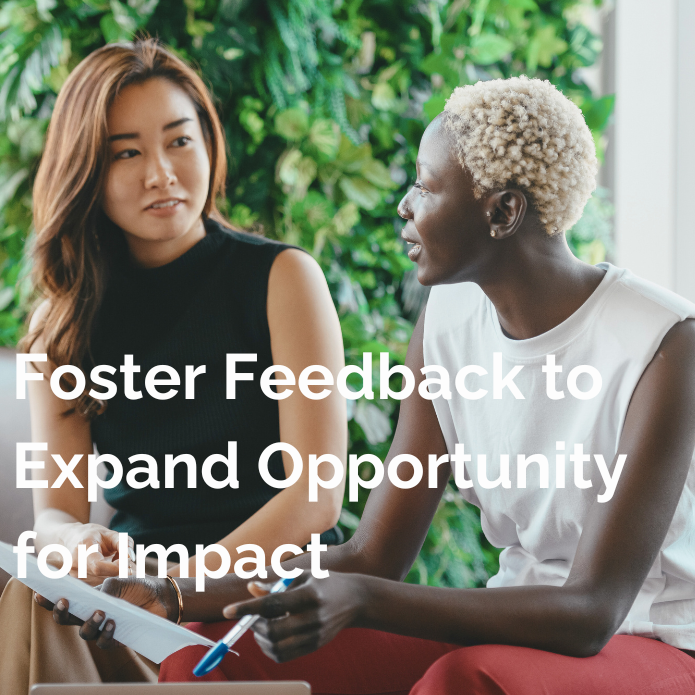Feedback, good or bad, can lead to better relationships, greater impact, and more opportunities for everyone
You didn’t get picked for the job and you have no idea why.
You have every skill in the job description and then some, the interview went great, and you just knew it was a done deal. Instead of an offer letter, you’ve received a standard rejection letter.
Your first thought: Ouch! Your second thought: Why?
Yes, you want to satisfy your curiosity. But you are also still looking for a job. Getting feedback could be invaluable as the search continues.
How many organizations applying for grants feel this way?
They are making a difference with the work they do, they meet all the funder’s criteria, and they submitted a thorough and thoughtful grant application. Yet, they receive that dreaded “request denied” letter with no feedback as to why. Just as the jobseeker, their search continues, and the stakes can be high when they are serving neighbors in need.
Feedback, good or bad, can lead to better relationships, greater impact, and more opportunities for everyone.
Ready to introduce or expand feedback in your funding practices? Here are a few key elements to consider:
- Make it collaborative. Getting feedback from community partners is just as powerful as giving it. Everyone at the table is invested in making a difference in your community. An open dialogue can uncover different ways of thinking and doing and open the door for new possibilities for applicants and funders alike.
- Make it specific. Providing and receiving vague or generic feedback is better than nothing. Specific, detailed-filled feedback can do so much more. It can lead you and your community partners to keep doing what is working. It can also put a spotlight on opportunities to improve and evolve for better outcomes in every facet of your impact work.
- Make it personal. Ask applicants if they would like to receive or give feedback and, if so, how they would like to receive or give it. Whether they’d like to receive a quick note with comments from reviewers and decision-makers or have a more in-depth conversation in person to share their thoughts, meeting them where they are shows you value them and their work.
- Make it supportive. It can be hard to receive, and even to give, tough feedback. Make it clear the reason you are incorporating feedback in your process is to foster growth and greater success for your organization and for the applicant.
- Make it forward focused. If you are aware of resources or partnerships that would help an applicant be more successful in the future, share them! If an applicant has given you something to chew on for future funding endeavors, explore it! If your mutual feedback has uncovered potential for a new opportunity, pursue it! Sharing and receiving feedback is a great first step but won’t do anyone any good if nothing is done with it.
Feedback doesn’t have to stop with the application. Creating an open and ongoing dialogue that incorporates these elements can lead to endless possibilities for improvement and, ultimately, more powerful impact within your community.
